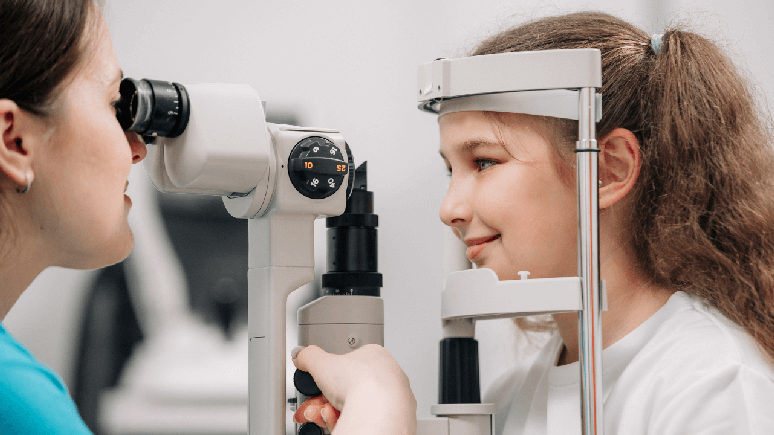It is common to attribute cases of infertility to women’s health, but men play a major role in reproductive failure.
According to the latest report published by the World Health Organization (WHO), one in six people have or will have difficulty having children naturally. Men and women are each responsible for 50% of infertility cases. Therefore, the investigation into infertility must also be carried out by them, through specific tests.
It is worth underlining that cultural machismo and the lack of information on the subject lead men not to evaluate their fertility when they decide to become parents, leaving this role exclusively to the woman. “In the popular imagination, infertility is generally linked to women, but the reality is different,” says Dr. Maria do Carmo Borges de Souza, gynecologist and human reproduction specialist, medical director of the FERTIPRAXIS Human Reproduction Center
According to recent studies, in 50% of cases this problem is linked to human health. “Not all sperm are able to fertilize the egg due to changes in shape and motility,” explains the doctor, who is also a member of the advisory board of the Brazilian Association of Assisted Reproduction (SBRA) and the Latin American Reproduction Network Assisted. (REDLARA).
However, there are currently assisted reproductive tests and treatments that can help investigate and resolve male infertility problems.
Test to identify male reproductive capacity
According to the gynecologist specialized in human reproduction Dr. Roberto de Azevedo Antunes, medical director of FERTIPRAXIS and director of the Brazilian Association of Assisted Reproduction (SBRA), it is important that men take the spermogram. Among other information, the test can evaluate the quantity and quality of sperm present, as well as any infectious and inflammatory factors, for example.
In addition to the spermiogram, another test is available today, complementary to that one, which is the Sperm DNA fragmentation test, Roberto underlines. This test may be an option in some cases, such as in the case of infertility without apparent cause and implant losses or failures, which are repeated in cases of assisted reproduction.
“With this medical procedure it is possible to evaluate the oxidative damage to which the spermatozoa are subjected, which can be caused by excessive consumption of alcohol, caffeine, unhealthy diet, obesity, among other factors,” says the doctor.
Causes of infertility
According to experts, sperm quality decreases with age, especially after the age of 45, having a negative impact on male fertility. Additionally, in men, the main causes of infertility include:
- varicocele;
- Cryptorchidism in childhood;
- Decreased and low mobility of spermatozoa;
- Absence of sperm production;
- Previous vasectomy;
- Difficulty in sexual intercourse;
- Sexually transmitted infections (STIs);
- I work with chemicals, among others.
Sperm freezing is an alternative to infertility
Semen freezing is an important alternative to prevent and preserve reproductive capacity. “With the advent of the vitrification technique in 2006, the efficiency of the process increased dramatically. Today, for example, we have high post-thawing survival rates,” explains Dr. Marcelo Marinho de Souza, a doctor specializing in Human Reproduction and also director of FERTIPRAXIS.
The specialist highlights some situations in which freezing of semen is indicated:
- Individuals who will undergo a vasectomy, preserving future fertility;
- Before anti-tumor treatments (leukemia, testicular cancer, etc.), whether surgery, chemotherapy or radiotherapy;
- Before testicular or prostate surgery;
- Cryopreservation of sperm obtained through epididymal aspiration or testicular surgery;
- Individuals who work in risky professions;
- Men without children and without planning for them, due to the passage of time and aging, etc.
Marcelo underlines that the most recommended age is less than 45 years. This is because, like eggs and embryos, sperm also does not have an “expiration date”. Despite this, there is no time limit to keep it frozen for future use.
How does the semen freezing process work?
Initially, sperm is obtained through masturbation and must be cryopreserved within a maximum period of 1 hour after collection. The sample must remain at a temperature close to 37ºC for a few minutes for liquefaction to be complete. Next, the sperm is analyzed in a special chamber.
The next step is to add it to a cryoprotectant medium to adequately protect the cell throughout the freezing process. It is subsequently deposited on special straws suitable for freezing in liquid nitrogen.
Furthermore, it is necessary to maintain a small aliquot for post-thaw analysis to control the safety and quality of the entire process. Samples are stored in appropriately identified liquid nitrogen containers at a temperature of -196ºC.
The case is analyzed by the attending physician and appropriately planned so that it is thawed exactly on the day of use. This day must be individualized based on the profile and strategy of each couple.
“It is important to highlight the need to sign specific terms of information and clarification, which make the entire process safer. Likewise, it is mandatory to carry out blood tests beforehand, which certify the non-existence of infectious diseases in the patient. As in Overall, it is a very safe procedure, in which we can offer excellent results for the preservation of male fertility”, concludes the doctor.
Source: Terra
Ben Stock is a lifestyle journalist and author at Gossipify. He writes about topics such as health, wellness, travel, food and home decor. He provides practical advice and inspiration to improve well-being, keeps readers up to date with latest lifestyle news and trends, known for his engaging writing style, in-depth analysis and unique perspectives.







